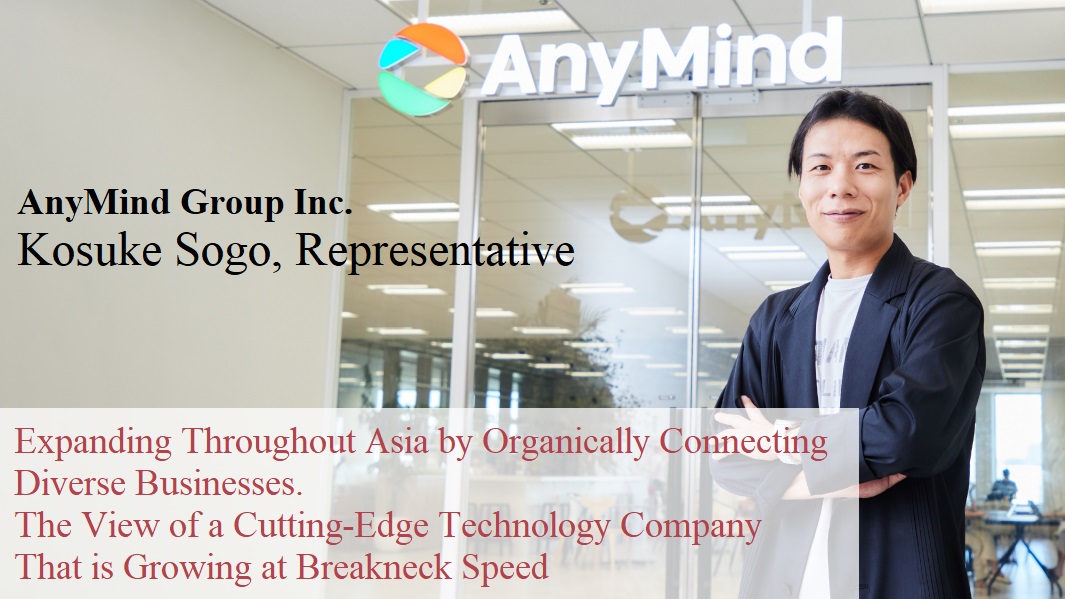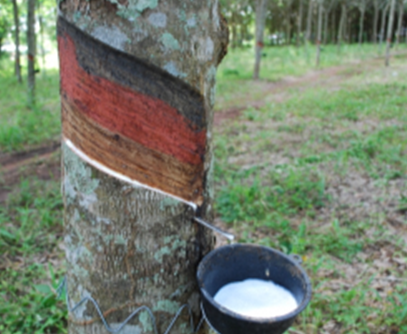TSE Cash Markets
More stock splits, easier for individuals to buy, Minimum investment 1/7 of bubble era

The minimum investment required to buy shares in a publicly traded company is falling. In 2023, the average for TSE Prime companies was about 280,000 yen, about 1/7 of what it was in 1989 during the bubble period. This is because more and more companies are splitting their shares at the request of the Tokyo Stock Exchange. This will make it easier for individuals to buy and provide momentum for the newly launched Nippon Individual Savings Account (NISA).
The minimum investment at the end of the year was slightly under 2 million yen on average for former Tokyo Stock Exchange 1st Section companies and others in 1989, when the Nikkei 225 reached its highest price. While the Nikkei Stock Average rose to a 33-year high in 2023, the minimum investment remained at about 280,000 yen. The price was under 500,000 yen as requested by the Tokyo Stock Exchange.
The minimum investment has dropped because companies have been aggressively splitting their shares. Dividing one share into multiple shares increases the number of shares and decreases the theoretical value of one share. A total of 162 companies announced stock splits in 2023, the highest level in five years since 2018.
Effective March 1, Seven & i Holdings will split one share into three shares. This is the first stock split since the holding company was established in 2005. “We want to broaden our shareholder base and increase the company’s fan base.” Nissin Foods Holdings and Suzuki will split for the first time in January and April, respectively. About 50% of the companies that announced splits in 2023 had a minimum investment of at least $500,000 before the split.
While only about 10 companies have split one share into five or more shares per year in the past, 26 companies will do so in 2023, the largest number since 2015, when the trading units of shares were consolidated. NTT split 25 last July and Persol Holdings split 10 last October.
It also aims to secure individual shareholders as stable shareholders as activists (activist shareholders) are on the offensive, and the electronic format of shareholder meeting materials has made it possible to keep costs down even if it is split up.
The minimum investment will drop significantly with the split. Nissin Foods Holdings dropped to about 490,000 yen from about 1,480,000 yen before the split, Mitsubishi Corporation dropped to about 240,000 yen from about 670,000 yen, and NTT dropped to about 20,000 yen from about 440,000 yen. In 1989, it took about 4 million yen at Nissin Foods Holdings, 2.01 million yen at Mitsubishi Corporation, and 1.47 million yen at NTT to invest.
The effect of attracting individuals to invest in stocks is significant. Mitsui O.S.K. Lines, which split in April 2022, had about 316,000 individual shareholders at the end of March 2023, up about 220,000 from a year earlier. According to Tokyo Stock Exchange and other sources, the number of individual shareholders of listed companies in fiscal year 2022 increased by 5.21 million from the previous year to 69.82 million, the highest number ever. The ownership ratio also increased by 1.0 point from the previous year to 17.6%. There is a large likelihood that the number will increase in fiscal year 2023 as well.
With the start of the new NISA in January, expectations of an inflow of individual money into the stock market are increasing. Tomoichiro Kubota, senior market analyst at Matsui Securities, says, “With the stock split lowering the minimum investment, Japanese stocks could be one of the receptacles for the new NISA.”
The stock prices of companies that split their shares tend to rise. Takaaki Yoshino, head of Nissay Asset Management‘s Investment Engineering Development Center, examined the stock price percentage change of stocks that have split since April 2017, and found that they outperformed the Tokyo Stock Exchange Stock Price Index (TOPIX) by more than 5% the day after the announcement and by about 7% three months later. Takaaki Yoshino notes, “The stock price tends to rise after an announcement due to expectations that the investor base will broaden.”
The fact that many companies announce dividend increases at the same time as splits also attracts investors. Idemitsu Kosan, which split its shares on January 1, will pay an annual dividend of 160 yen on a pre-split basis for the fiscal year ended March 2024, up 40 yen from the previous year. ABC Mart, which in September implemented its first split in 18 years, will increase its year-end dividend by 2 yen on a real basis for the fiscal year ended February 2024.
Still higher than overseas “system allowing companies to decide for themselves the size of a unit of stock trades” to be reviewed
The minimum investment amount for Japanese stocks has gone down, but it is still high compared to other countries. According to QUICK FactSet, the minimum investment for the components of the S&P 500 Stock Index in the US is slightly under 17,000 yen at the median. The components of the FTSE 100 Composite Stock Index, the leading stock index in the U.K., also have a median price of about 2,000.
Alphabet (Google‘s parent company), Amazon, and Apple in the US can each become shareholders for about $20,000. The difference with Japan‘s SMC (approx. 7.5 million yen), Keyence (approx. 6.01 million yen) and Fast Retailing (approx. 3.45 million yen) is significant.
Tokyo Electron split one share into three shares in April 2023. The minimum investment amount has dropped from approximately 4.83 million yen before the split, but still stands at approximately 2.41 million yen as of 5th.
The background is the Japanese stock system known as “unit share.” At the request of the Tokyo Stock Exchange, listed companies have set the number of shares in “one unit” that entitles the holder to vote at shareholders’ meetings at 100 shares. On the Tokyo Stock Exchange, shares are traded in units of 1 unit (100 shares), which differs from Europe and the US, where shares can be purchased from 1 share.
Diversifying investments in multiple stocks in Japanese equities requires a large amount of capital, which is a hurdle for the average individual. Since the minimum investment is 100 times the share price, the minimum investment tends to grow as the share price rises. Many have pointed out that a review of the system allowing companies to decide for themselves the size of a unit of stock trades is inevitable if the “saving to investment” trend is to accelerate.
Related links




